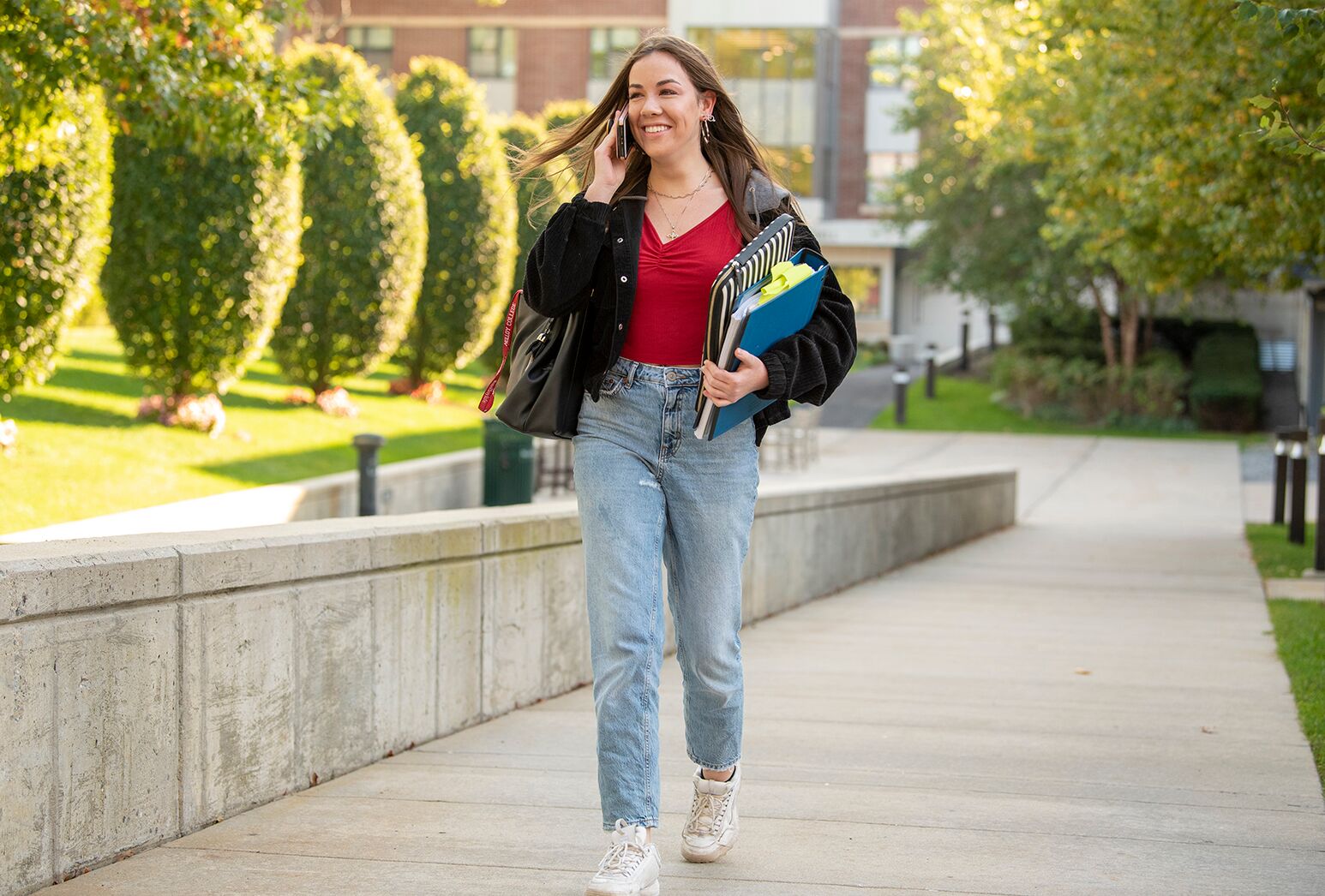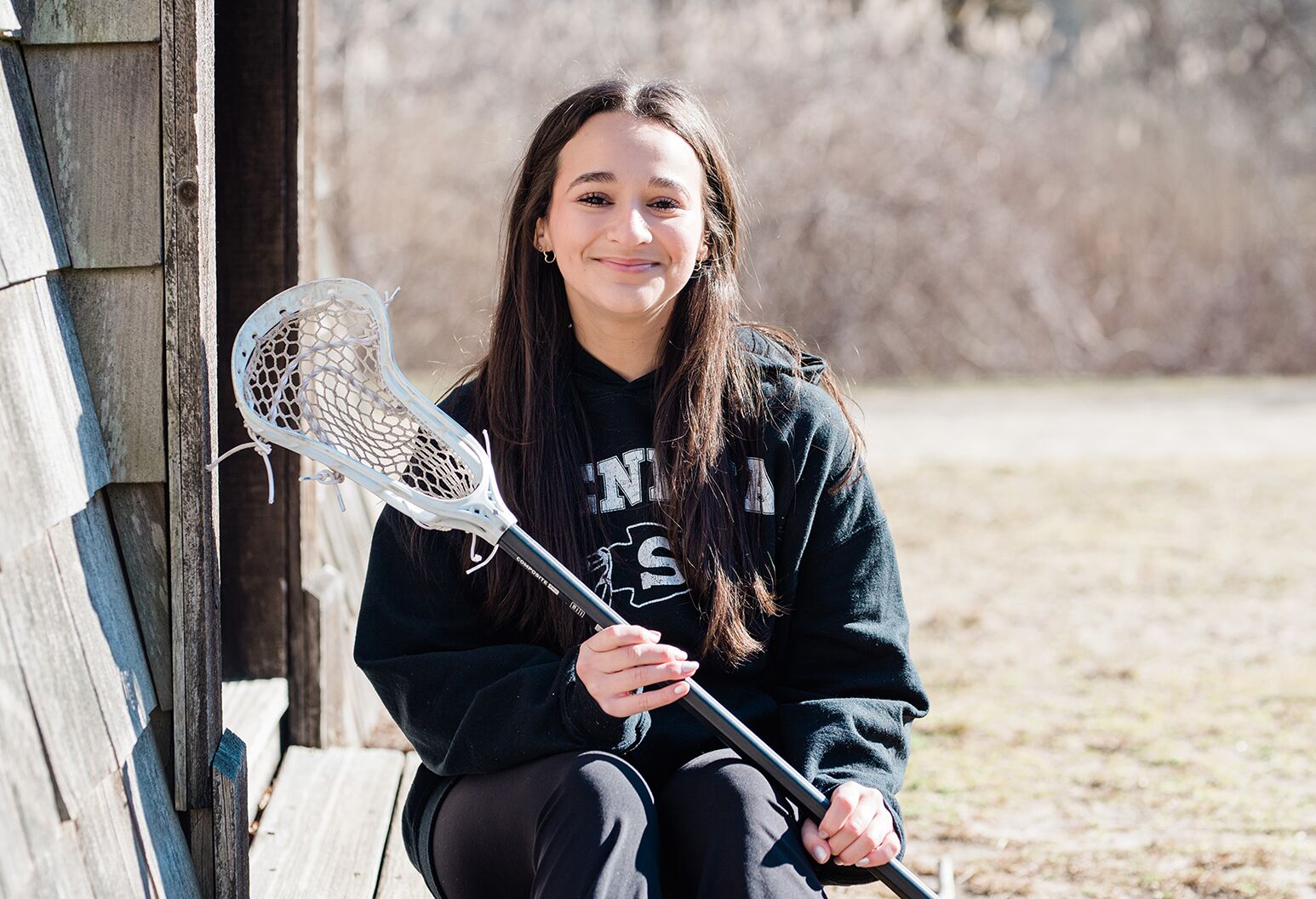Pediatric scoliosis
Our approach
We are the only pediatric institution on the East Coast that offers minimally invasive scoliosis surgery and one of a few using the magnetically controlled MAGEC rod to gradually correct scoliosis and allow growth in young children.
As a leading scoliosis center, we have a dedicated team of anesthesiologists, pain specialists, neurologists, nurses and technicians ensuring the highest level of care, safety and accuracy in scoliosis surgery.
Overview
Scoliosis is a three-dimensional deformity of the spine. Adolescent idiopathic scoliosis is the most common type of scoliosis and impacts children in their teenage years. It is called idiopathic when there is no underlying cause identified.
Causes
Most cases of scoliosis are idiopathic, meaning there is no underlying cause of the curve. Other causes of scoliosis include syndromes like Marfans, neurological disorders like cerebral palsy, and congenital causes when the deformity is due to a birth defect.
Diagnosis & testing
Scoliosis is most often found during a routine checkup. Your child’s doctor will ask your child to bend over and touch his/her toes. The doctor will then visually examine the spine. A curvature of 25 degrees or more is considered scoliosis.
If your child’s pediatrician suspects scoliosis, you will be referred to an orthopaedist, who will conduct a more thorough exam and take X-rays to determine the exact curve of the spine.
Treatment options
Most curves require only occasional monitoring. However, if the curve progresses to more than 25 degrees, treatment may be necessary.
- Bracing for minor curves – When a curve reaches 25 degrees, a back brace is recommended. There are multiple types of braces, each with its own benefits and requirements of daily usage. Our center has on-site orthotists trained in making and fitting braces. Options include the Rigo Cheneau brace, Charleston nighttime brace, Boston brace and flexible SpineCor for smaller curves. Your physician will help you decide which brace is right for your child.
- Minimally invasive surgery – If a curve reaches 40 degrees, surgery becomes necessary. Minimally invasive surgery involves preserving the muscles, ligaments, blood and nerve supply during spinal fusion.
- Posterior spinal fusion – Any curve greater than 45 degrees can benefit from posterior spinal fusion, the traditional approach to treating scoliosis.
- Schroth method – Our center has partnered with physical therapists certified in scoliosis Schroth method to provide comprehensive care if the curve reaches 45 to 50 degrees.


